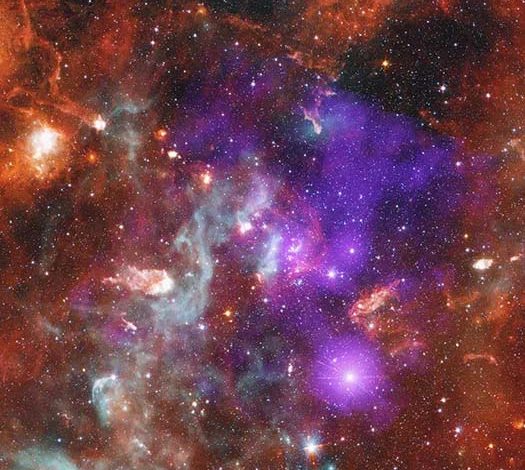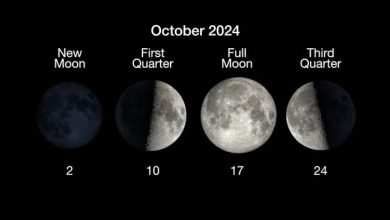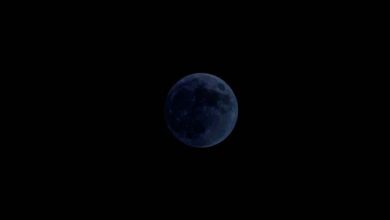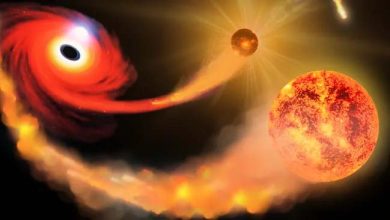Chandra X-ray spacecraft discovered ‘dangerous regions’ around stars

Science: Using NASA’s space-based Chandra X-ray Observatory and the retired Spitzer Space Telescope, astronomers have discovered “danger zones” for planets forming around young stars. The team found these dangerous zones by making long-term observations of an object called Cygnus OB2. At 4,600 light-years away, it is the closest large star cluster to Earth, containing hundreds of massive stars and thousands of low-mass stars. Astronomers took the resulting images and stitched them together to create a large mosaic.
By highlighting the flashes of high-energy X-rays among the stars, the team was able to create a catalog of bright young stars in Cygnus OB2. They took this catalog and combined it with optical and infrared data from Spitzer to create a comprehensive stellar census of Cygnus OB2. “In this new combined image, Chandra data (purple) show X-ray emission and young stars spread across Cygnus OB2, and infrared data from NASA’s now-retired Spitzer Space Telescope (red, green, blue and cyan) show young stars and cool dust and gas throughout the region,” NASA writes on the Chandra website.
The threat to planet formation in densely populated star clusters like Cygnus OB2 comes from high-energy ultraviolet and X-ray radiation, which are emitted in enormous quantities by massive newborn stars. This radiation affects the dense, swirling and flattened clouds of planet-forming dust and gas around young stellar bodies, called “protoplanetary disks.”
About 4.6 billion years ago, the Sun itself was surrounded by a protoplanetary disk, from which planets, including Earth, took shape. As the absence of this disk in the modern solar system suggests, protoplanetary disks do not last very long after the planets are born.
The intense high-energy radiation from a star can cause the disk’s material to evaporate, a process astronomers call “photoevaporation.” The photoevaporated material is then pushed away from the star by radiation pressure, producing so-called “disk winds” from the vicinity of the star.





